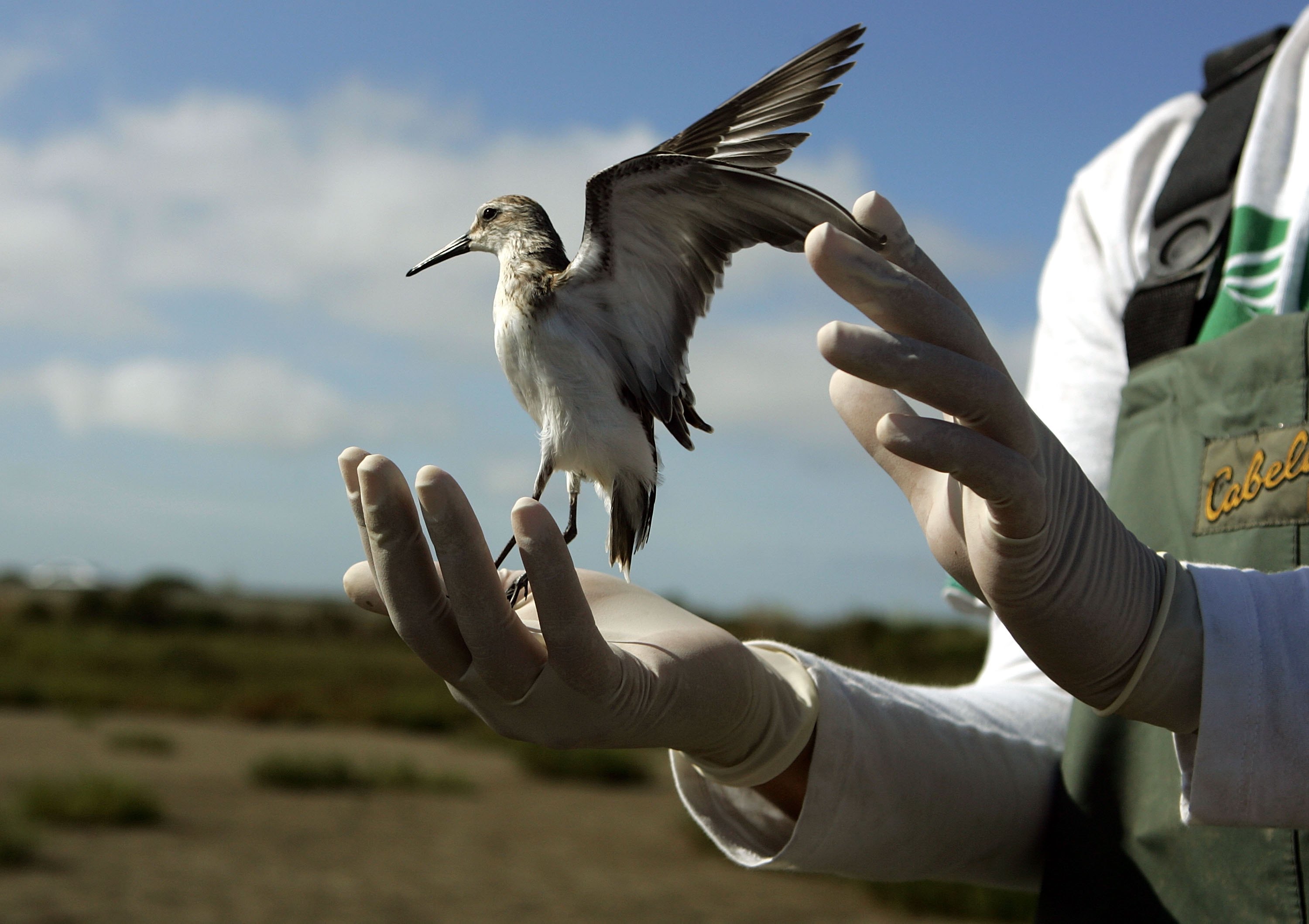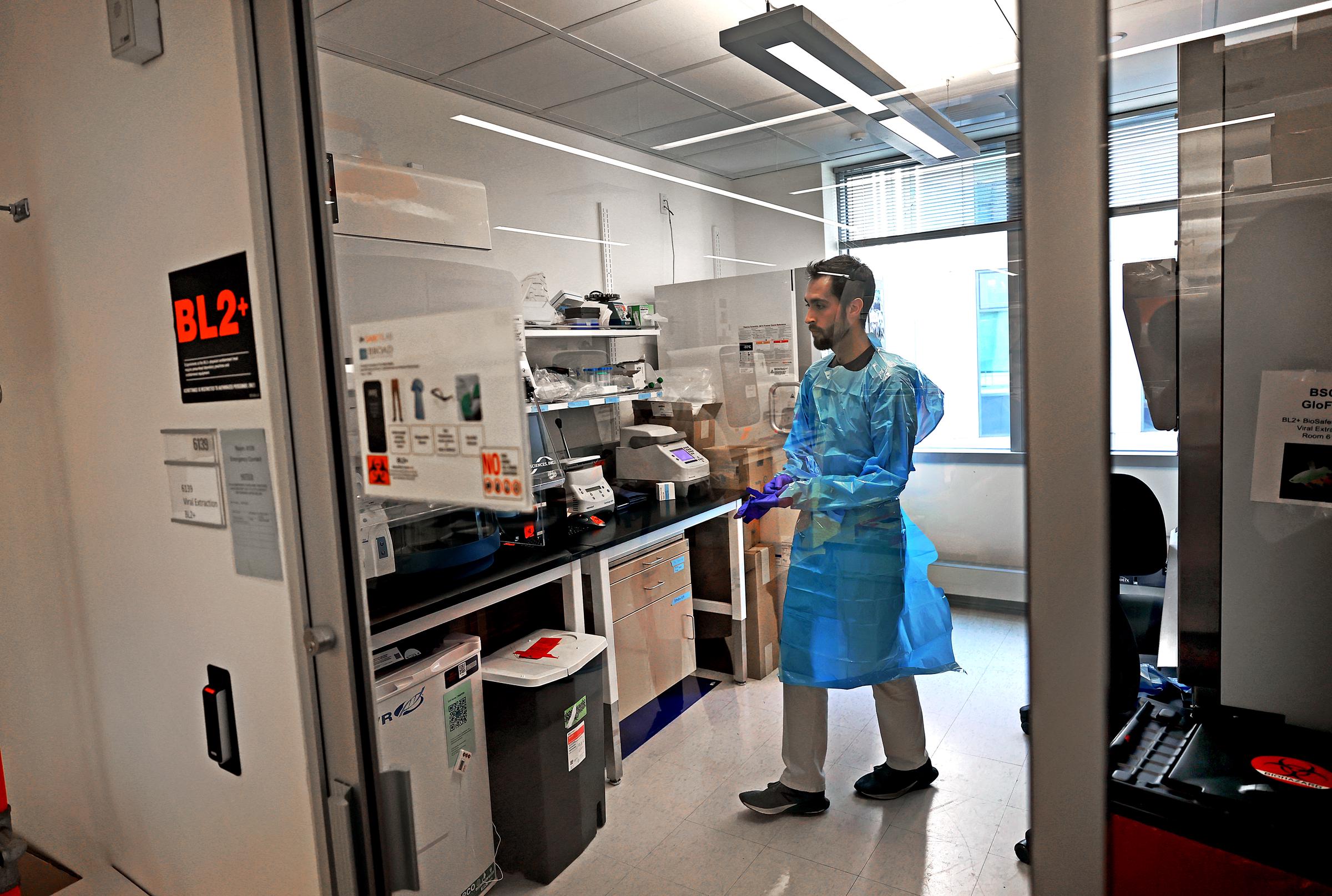First Severe Bird Flu Case Hits the US — State of Emergency Declared in Another Area

According to the US Centers for Disease Control and Prevention (CDC), this is the first US bird flu case linked to a backyard flock.
A patient in Louisiana has been hospitalized with the first severe case of avian influenza A(H5N1) virus (“H5N1 bird flu”) in the US. CDC confirmed the presence of the virus on December 13, 2024.

USGS Biologist Science Tech Brooke Hill releases a Western Sandpiper after testing it for the highly pathogenic H5N1 avian influenza in Sonoma, California, on August 16, 2006 | Source: Getty Images
An investigation is underway to identify the source of an H5N1 bird flu infection. However, it has been confirmed that
Additionally, there have been
Genomic analysis of the H5N1 bird flu virus from the Louisiana patient shows it belongs to the D1.1 genotype, linked to recent detections in US wild birds, poultry, and human cases in Canada and Washington.
This differs from the B3.13 genotype seen in dairy cows, some human cases, and poultry outbreaks. The CDC is conducting further sequencing and
A single severe H5N1 bird flu case in a person is not unusual, as this virus has caused serious illness and fatalities in other countries, including in 2024. There is still no evidence of person-to-person transmission. Additionally, the CDC maintains that the overall public health risk from H5N1 bird flu is low.
Nevertheless, California Governor,
The virus has spread across 16 states since its
An outbreak in dairy cows was reported in Texas and Kansas, prompting CDFA to monitor California herds. To date,
Newsom explained that the declaration of a State of Emergency enables greater flexibility in staffing, contracts, and containment measures. He informed the public that California has implemented the nation’s most extensive testing and monitoring system to address the outbreak.
The governor

California Governor Gavin Newsom speaks during a press conference in Los Angeles, California, on October 27, 2024 | Source: Getty Images
As the government works to enhance public health, people have been urged to reduce their
If exposure is unavoidable, personal protective equipment (PPE), such as gloves, safety goggles, N95 respirators, and disposable coveralls, should be worn to minimize risks.

Jon Arizti Sanz, PhD, Postdoctoral Fellow testing purchased milk at area grocery stores for the presence of bird flu, in Cambridge, on May 14, 2024 | Source: Getty Images
Additionally, people should cook poultry, eggs, and meat to safe internal temperatures and consume pasteurized dairy products to help eliminate potential virus contamination.
Individuals exposed to infected animals are asked
For poultry and livestock workers, employers are encouraged to update workplace health and safety plans to address potential H5N1 exposure. They should also conduct hazard assessments to identify high-risk tasks.
Additionally, when employers

Ducks with bird flu also known as poultry flu are collected and put in a container in Zarnewanz, Germany, on November 28, 2024 | Source: Getty Images
Workers should also be provided with appropriate PPE to safeguard against contact with infected animals or contaminated materials. By following these recommendations, the spread of H5N1 can be effectively mitigated.





